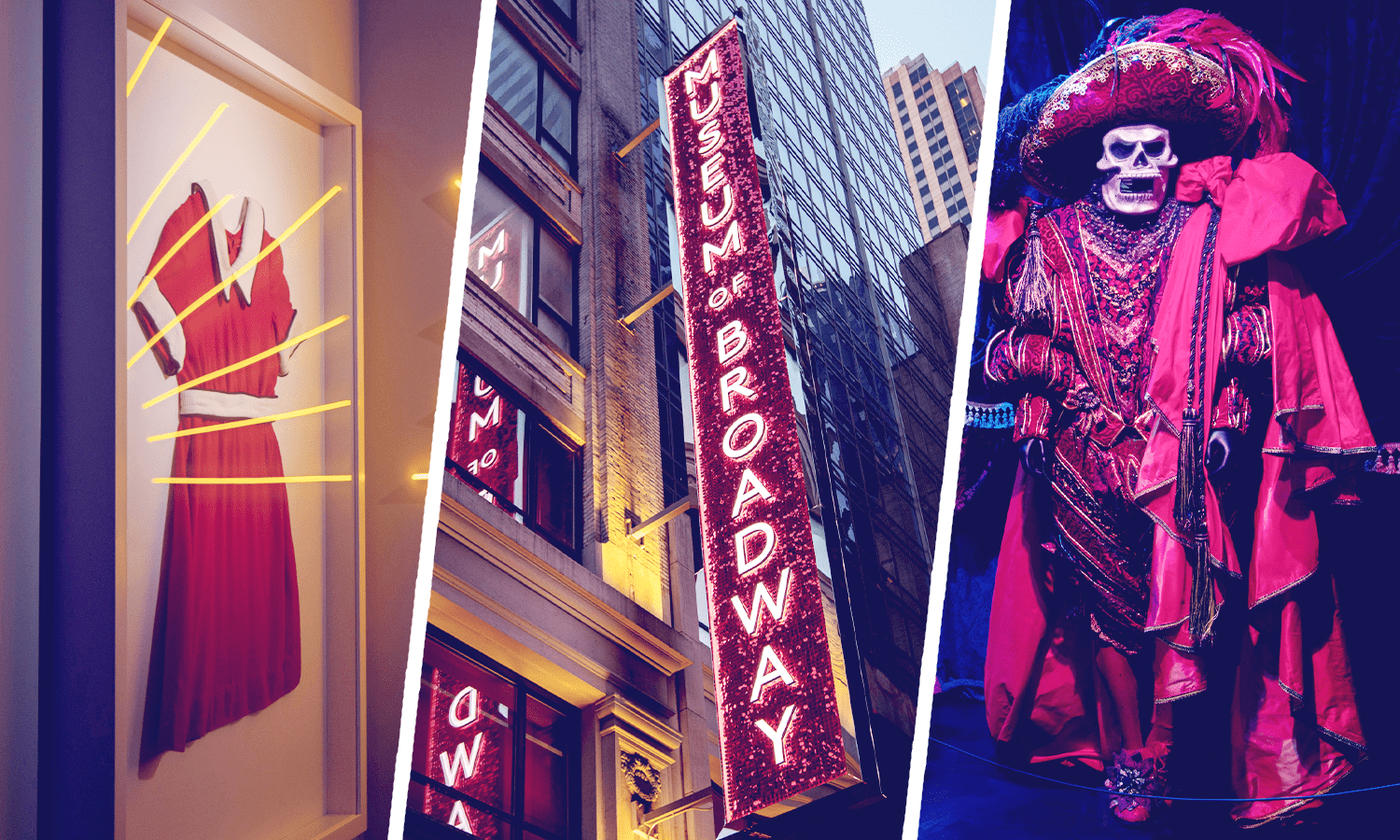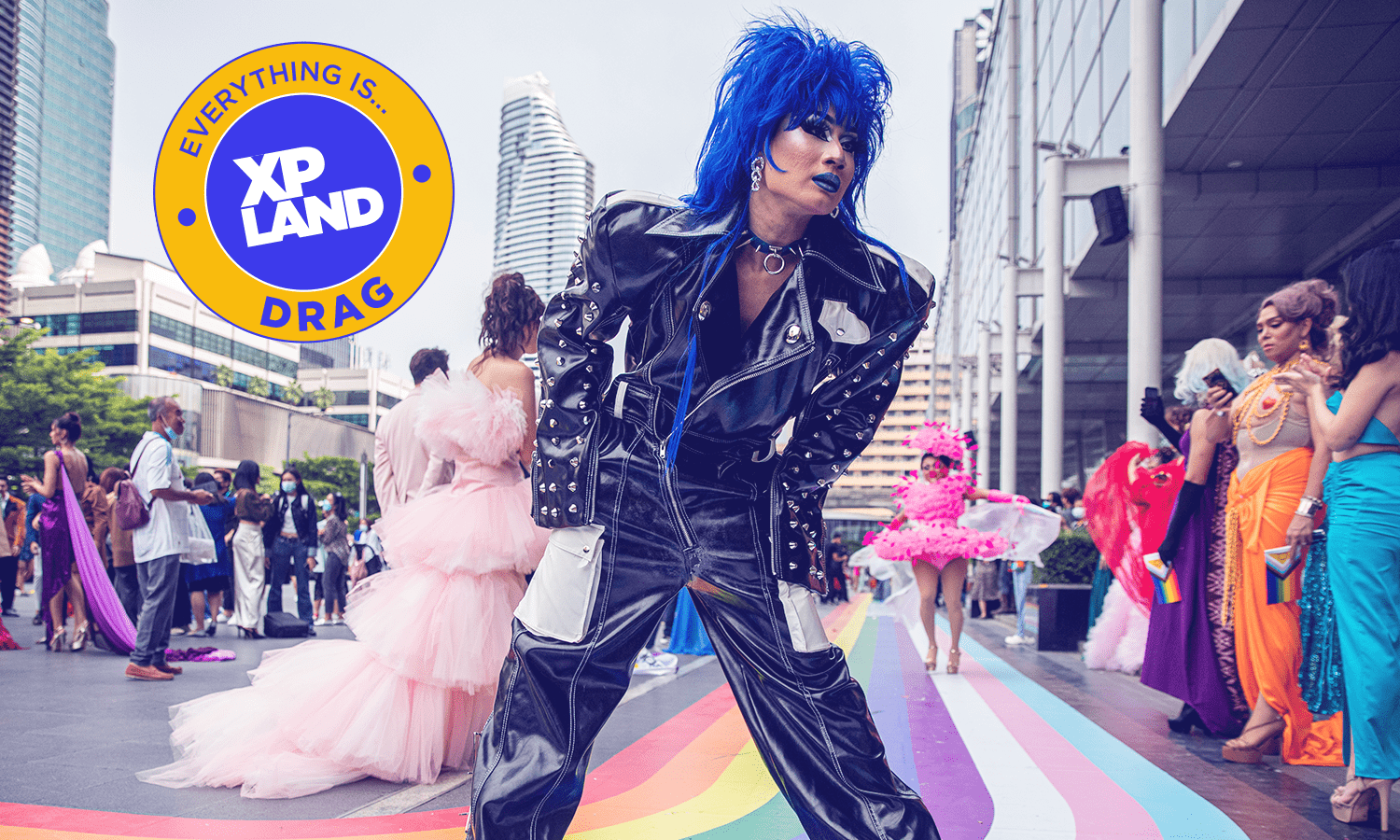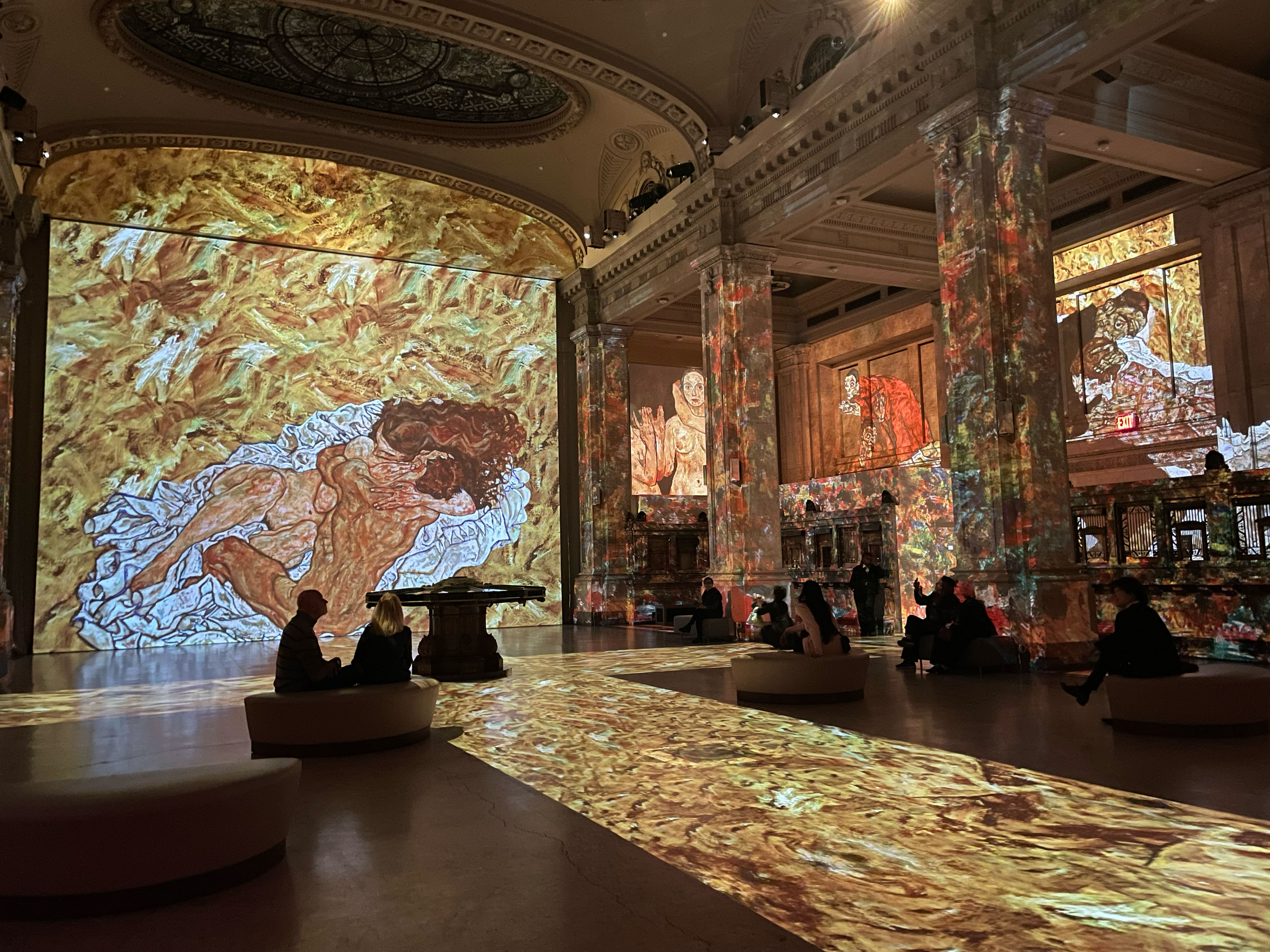I want to be a(n immersive experience) producer: Q&A with the Museum of Broadway’s co-founders

A few weeks back, two friends and I — all self-described Broadway babies — spent a Sunday evening at The Museum of Broadway in Times Square. We thought we’d walk around the space for an hour or less, then grab dinner at Midtown’s finest dining establishment… Olive Garden. Hours later, we emerged, armed with an obnoxious amount of newly acquired theater knowledge. (Special shout-out to the docent in the Ziegfeld Follies room, who shared how most of the gorgeous costumes and props on display were found dusty and deserted inside the New Amsterdam Theatre when Disney bought it in 1992.) As we uncovered history through projection-mapped videos, visual art, immersive experiences and back-of-house sets, it was clear why Broadway is the #2 reason tourists come to NYC (after shopping). Before the Museum of Broadway opened its doors in November 2022, there had never been a museum or space to properly honor Broadway as an international brand and a tentpole of American culture. Founders Julie Boardman, a Tony Award–winning Broadway producer and founder of Boardman Productions, and Diane Nicoletti, founder of the award-winning Rubik Marketing, decided to change that. I sat down with Boardman and Nicoletti to discuss their 20+ year...

